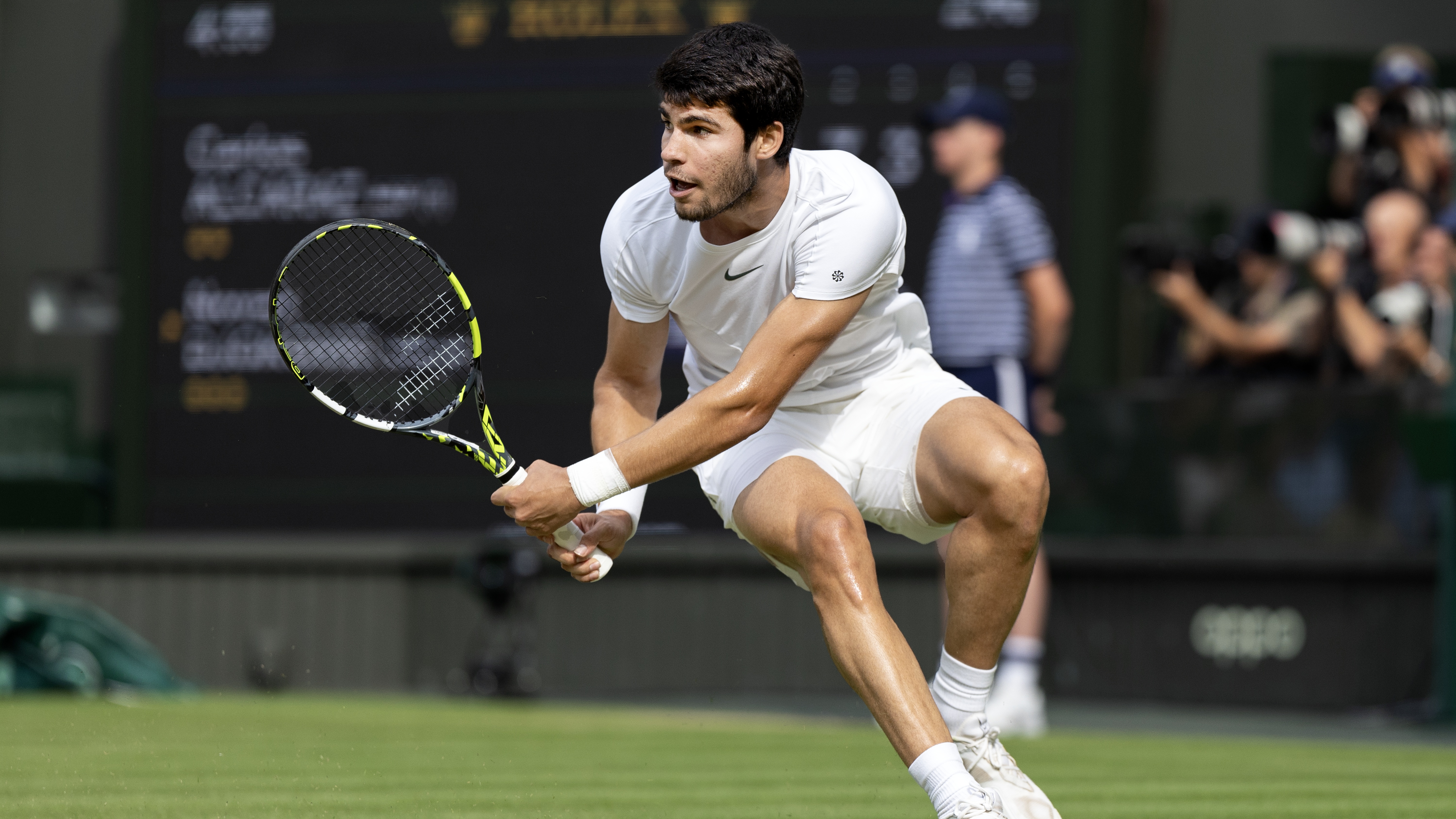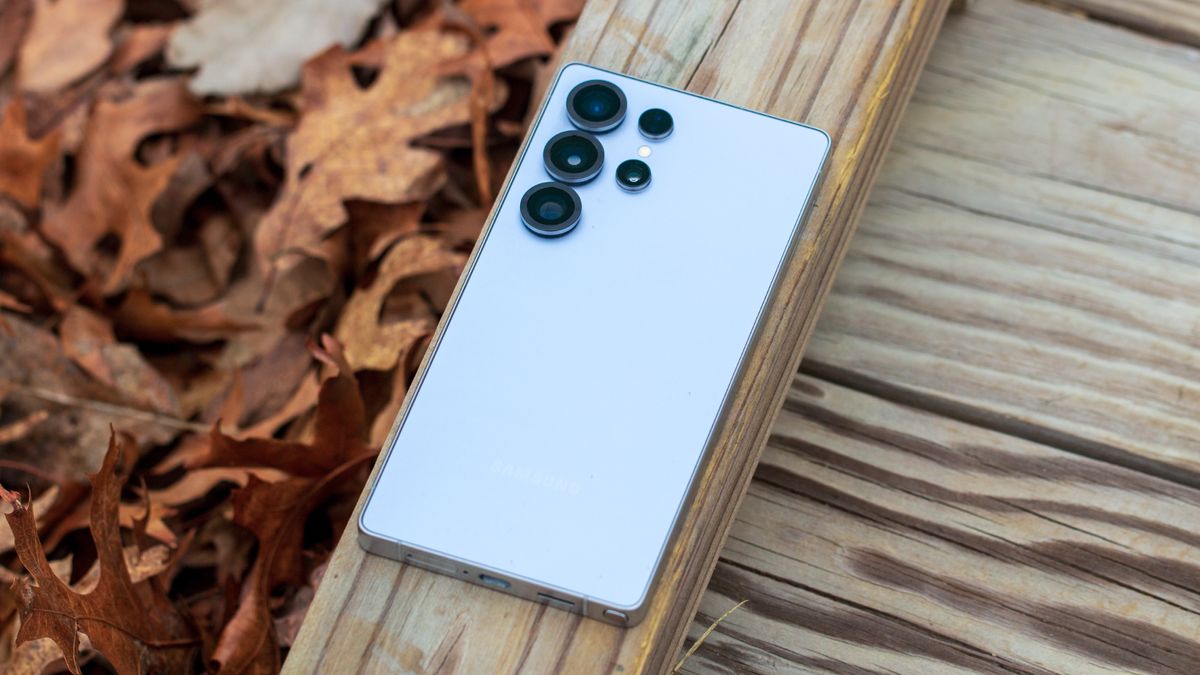- Wimbledon’s AI-powered line calls have replaced human judges
- Players like Jack Draper and Emma Raducanu have voiced frustration over questionable calls
- Despite its precision, Wimbledon’s AI system has experienced malfunctions that raised backlash among fans as well
Wimbledon made headlines this year by eliminating human line judges entirely, replacing them with an AI-powered system designed to make automated calls with pinpoint accuracy. But while the technology may be getting most of the calls right, it’s also causing frustration among players and fans alike. Complaints have poured in about missed or delayed calls, inaudible announcements, and a lack of transparency when things go wrong.
Hawk-Eye Live, a system made up of a nest of high-speed cameras and AI processing, is now officiating all of Wimbledon’s line calls and is supposed to be incredibly precise, more than having humans line the court.
But the calls were not always as precise or even as audible as they should be. You might not notice it on TV, where commentators fill the silence, but apparently, the players struggled to hear the actual calls. Yue Yuan literally asked the umpire during her match if someone could turn up the AI’s volume.
Just ask Jack Draper, who, after a tough loss to Marin Cilic, said he distrusted the accuracy of the AI in multiple instances. Emma Raducanu brought up a similar issue after losing a close match to Aryna Sabalenka. She made it clear that she thought one of the line calls was outright wrong, going out when the AI said it wasn't
Not to mention, when Sonay Kartal was on the verge of victory against Anastasia Pavlyuchenkova, the AI system just shut down. The All England Club later apologized, saying, “It is now clear that the live ELC system, which was working optimally, was deactivated in error on part of the server’s side of the court for one game by those operating the system."
AI volley
Not every tournament uses AI. The French Open still retains human judges. It's an issue of power, as well as accuracy. If an umpire makes a bad call, a player can challenge it. But Wimbledon’s new system is the judge. You can’t argue with a robot voice or claim it was looking away at the wrong moment. The All England Club pitches the system as fairer than human line judges. Whether that's true or not, the displaced line judges are understandably upset. Over 300 of them were cut this year, and some showed up outside the grounds holding protest signs.
The AI line judges didn't come out of nowhere. Wimbledon has been inching toward AI judgment for years, and other tournaments have already ditched line judges. But maybe it’s not just about the machines. Wimbledon is a weird tournament, full of ritual. When you take away the line judges and their practiced arm movements, it takes away a major element of the tournament. And without the human flourishes that make the tournament fun, Wimbledon is just mindless swatting of a ball between two rackets.
.png)











 English (US) ·
English (US) ·